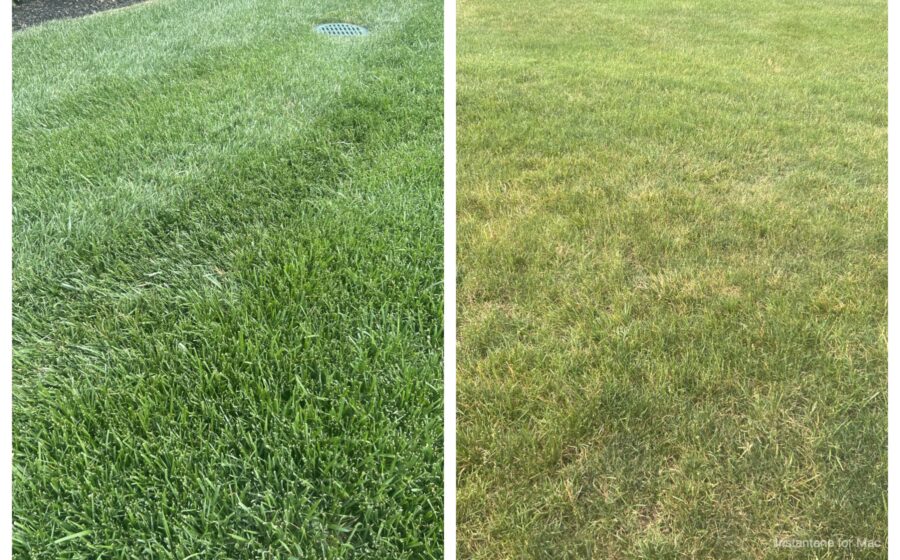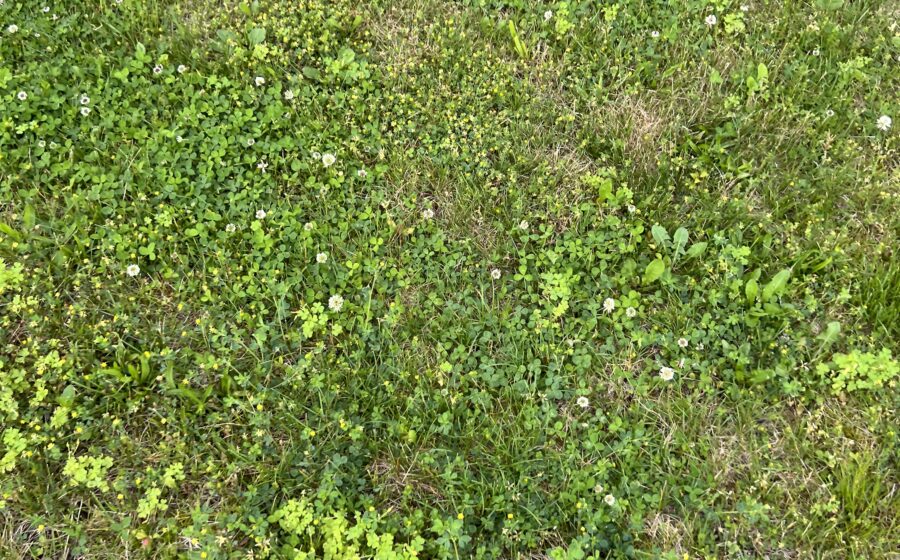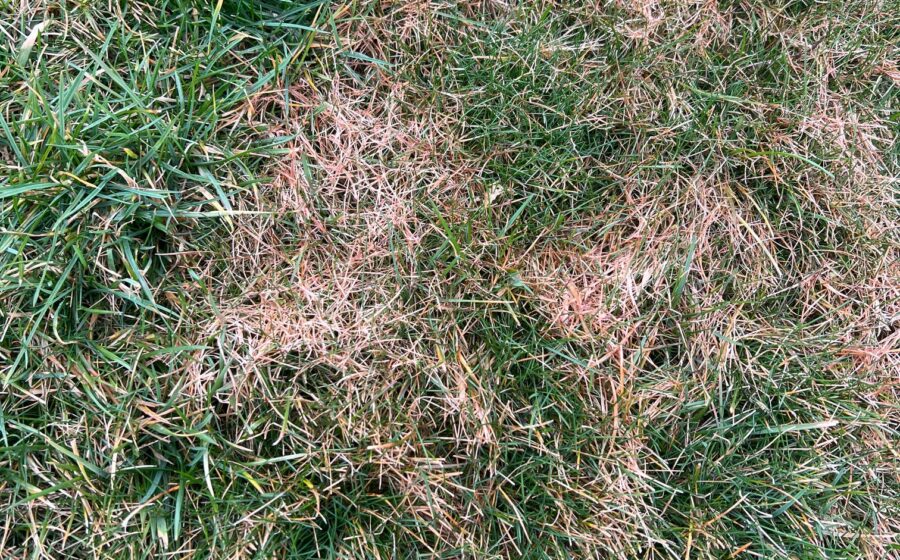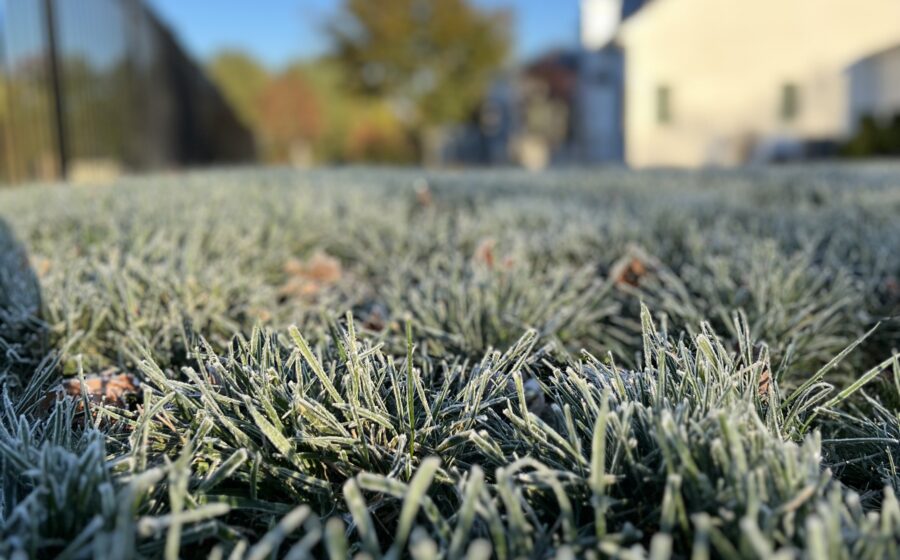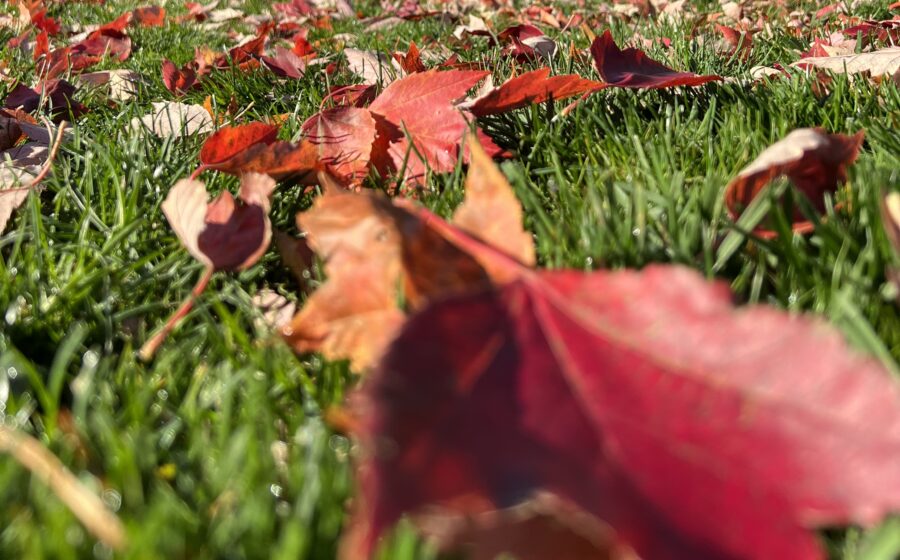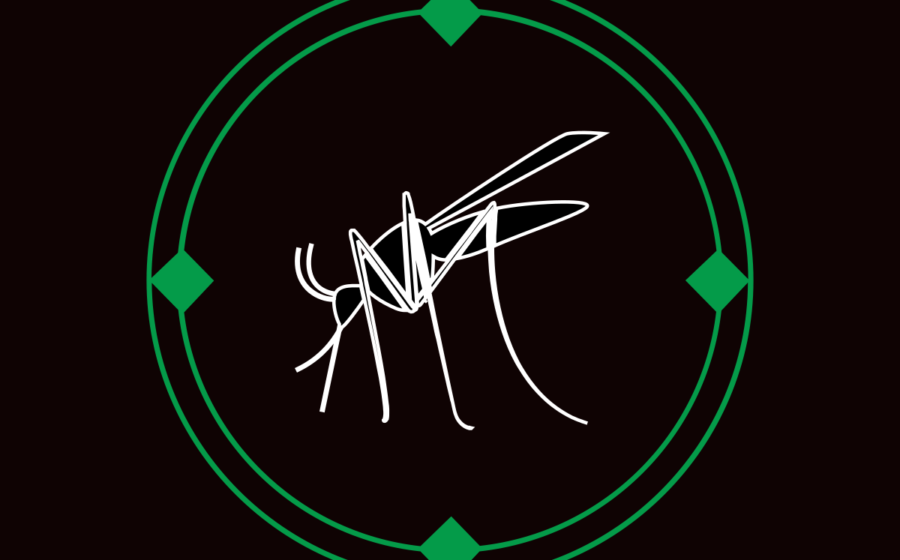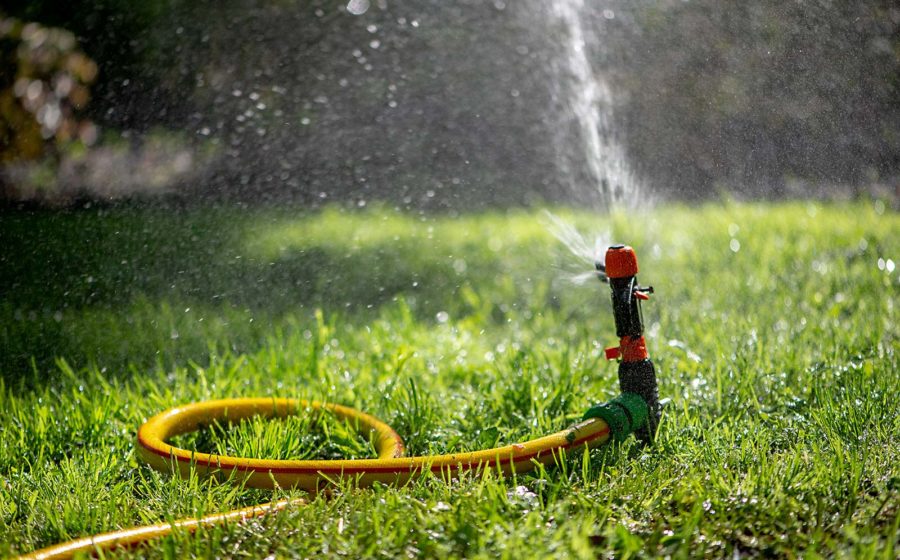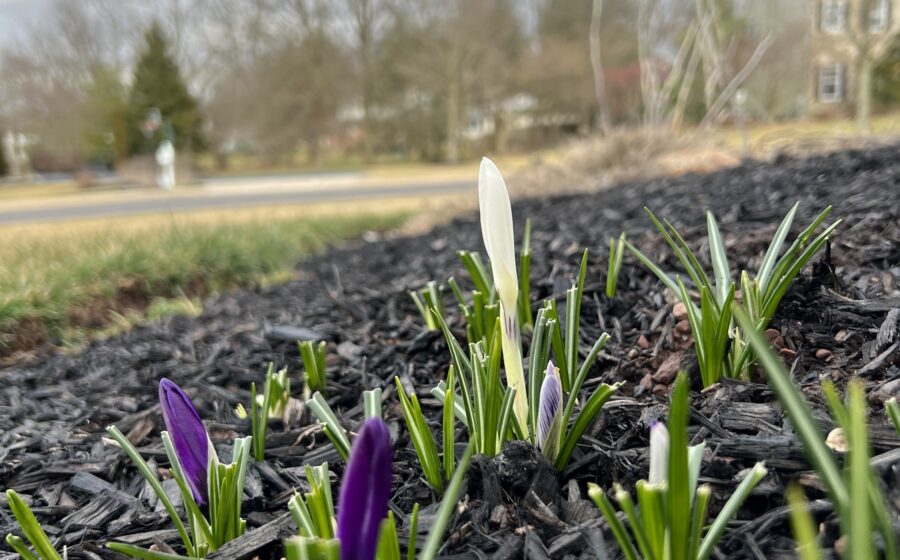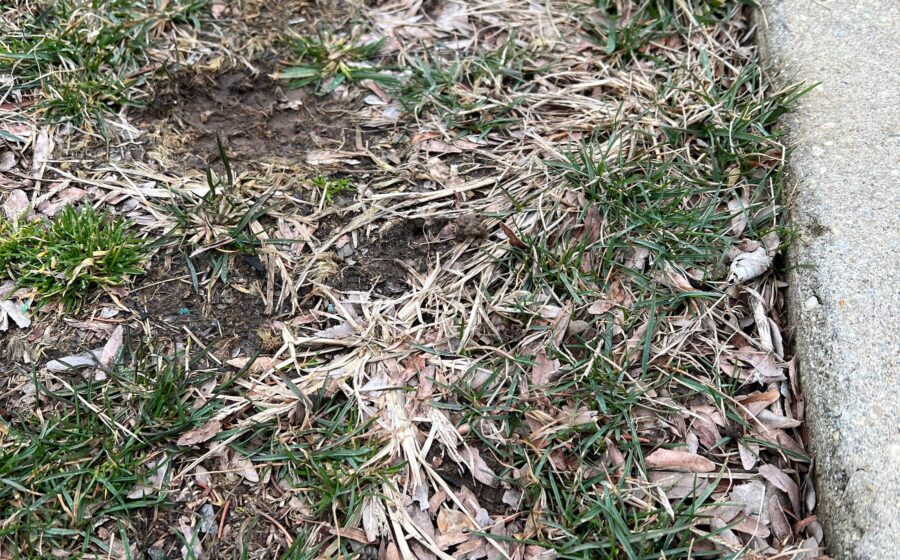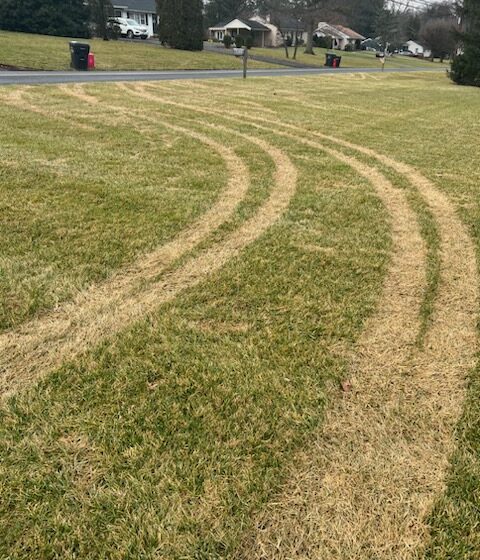- (610) 507.8873
- contact@stoutlawncare.com
The Grass You Choose Makes All the Difference
The type of grass species you choose for your lawn can make all the difference in your lawn care journey
Continue ReadingTaming the Weeds for a Healthier Lawn
Is your lawn looking more like a weed patch than a lush green oasis? You’re not alone! Check out this picture of a patch of grass that’s hosting nearly every weed known in our area.
Why Weed Control Matters:
![]() Healthy Turf: Weeds compete with grass for sunlight, water, and nutrients. Effective weed control ensures your lawn gets what it needs to thrive.
Healthy Turf: Weeds compete with grass for sunlight, water, and nutrients. Effective weed control ensures your lawn gets what it needs to thrive.
![]() Aesthetic Appeal: A weed-free lawn looks better, making your outdoor space more inviting and enjoyable.
Aesthetic Appeal: A weed-free lawn looks better, making your outdoor space more inviting and enjoyable.
![]() Disease Prevention: Some weeds can harbor pests and diseases that might spread to your grass, weakening it further.
Disease Prevention: Some weeds can harbor pests and diseases that might spread to your grass, weakening it further.
![]() Easier Maintenance: Fewer weeds mean less work. Regular mowing and maintenance become simpler and more efficient.
Easier Maintenance: Fewer weeds mean less work. Regular mowing and maintenance become simpler and more efficient.
Top Tips for Effective Weed Control:
![]() Regular Mowing: Keep your grass at the right height to shade out weed seeds. Mowing too short can stress your grass and make it easier for weeds to take hold.
Regular Mowing: Keep your grass at the right height to shade out weed seeds. Mowing too short can stress your grass and make it easier for weeds to take hold.
![]() Proper Watering: Water deeply and infrequently. Shallow watering encourages weed growth, while deep watering strengthens grass roots.
Proper Watering: Water deeply and infrequently. Shallow watering encourages weed growth, while deep watering strengthens grass roots.
![]() Aeration/Overseeding: Aerating and overseeding your lawn will improve soil health and introduce desired grasses, making it harder for weeds to compete.
Aeration/Overseeding: Aerating and overseeding your lawn will improve soil health and introduce desired grasses, making it harder for weeds to compete.
![]() Use Herbicides Wisely: Selective herbicides target specific weeds without harming your grass.
Use Herbicides Wisely: Selective herbicides target specific weeds without harming your grass.
![]() Regular Fertilization: A well-fertilized lawn is more competitive against weeds.
Regular Fertilization: A well-fertilized lawn is more competitive against weeds.
Remember, the best defense against weeds is a healthy, dense lawn. Invest in proper lawn care, and those pesky weeds won’t stand a chance!
Understanding Common Turf Disease
Common Cool-Season Grass Diseases:
- Red Thread: This fungal disease is notorious for its reddish-pink threads that give infected grass blades a distinctive appearance. It thrives in cool, moist conditions, often making an appearance in early spring or late fall.
- Dollar Spot: Characterized by small, circular patches of bleached or tan-colored grass, Dollar Spot is another common cool-season disease. It tends to emerge during periods of high humidity and inadequate nitrogen levels.
- Snow Mold: As the name suggests, Snow Mold typically occurs in areas where snow cover persists for an extended period. It presents as circular patches of matted, straw-colored grass, often with a white or pinkish fungal growth.
How to Protect your lawn:
Cultural Practices: Maintain proper lawn care practices, including regular mowing, adequate watering, and appropriate fertilization. Healthy turf is more resilient to diseases.
Rotate Fungicides: If necessary, utilize fungicides to control the spread of diseases. Rotate between different types of fungicides to prevent the development of resistance.
Improve Air Circulation: Promote air circulation by pruning trees and shrubs, as well as avoiding excessive thatch buildup. This helps reduce humidity and create an environment less favorable to fungal diseases. Aeration in our area typically does the trick as our cool season grasses do not create as much thatch as warm season grasses.
Monitor Moisture Levels: Be mindful of watering practices, ensuring that your lawn receives enough moisture without becoming waterlogged. Proper drainage is essential to prevent the onset of diseases like Red Thread and Dollar Spot.
Early Detection: Keep a close eye on your lawn for any signs of disease, such as discolored patches or unusual growth. Early detection allows for prompt action and better control of the situation.
By implementing these strategies, you can safeguard your cool-season grass from the threat of diseases and maintain a lush, healthy lawn year-round. Remember, proactive management is key to keeping your turf in tip-top shape!
Winter Turf Care
Taking care of your lawn in winter, especially in cooler climates, is essential for maintaining its health. Here are some tips specifically tailored for our cool-season turf:
- Keep the Lawn Clean: Ensure the lawn is free of heavy snow for extended periods. Prolonged snow cover can invite diseases like snow mold.
- Limit Foot Traffic: Try to avoid walking on frozen grass as it can damage the blades. It’s more susceptible to breaking when frozen.
- Watering: Your lawn might still need watering in winter, especially if there’s a dry spell. Water during the warmest part of the day to avoid freezing.
- Snow Removal: If snow does accumulate, gently remove it from the lawn to prevent compacting the grass.
- Monitor for Diseases: Keep an eye out for snow mold and other diseases that might develop during winter. Proper lawn care practices can help prevent these issues.
Importance of Fall Lawn Care
- Prepare for Winter Resilience: Fall fertilization provides your lawn with the essential nutrients it needs to build strong, healthy roots before winter sets in. By strengthening the root system now, your lawn will be better equipped to withstand harsh winter conditions, including freezing temperatures and potential stressors like snow mold and ice damage.
- Promote Spring Green-Up: Properly fertilizing your lawn in the fall sets the stage for a vibrant and lush spring green-up. As temperatures rise and the growing season begins anew, your lawn will already have the necessary nutrients stored in the roots, ensuring a faster and more vigorous growth come springtime.
- Weed Suppression: Fall is the ideal time to tackle those persistent weeds. As temperatures drop, weed growth slows down, making them more susceptible to weed control treatments. Applying weed control measures in the fall not only helps eliminate existing weeds but also prevents new weeds from taking hold in the following seasons.
- Reduce Spring Workload: By focusing on fertilization and weed control in the fall, you effectively reduce the workload and stress on your lawn during the busiest time of the year – spring. With a healthy lawn already established, you’ll spend less time combating weeds and nurturing struggling grass, freeing you up to enjoy your outdoor spaces.
- Enhance Overall Lawn Health: A well-fertilized and weed-free lawn is a healthy lawn. Fall provides the perfect conditions for grass to absorb and utilize nutrients effectively. This not only ensures better growth and color but also strengthens the lawn’s resistance against diseases, pests, and environmental stressors.
- Maximize Fertilizer Effectiveness: During the fall, cool-season grasses experience a surge in growth and absorption of nutrients. Applying fertilizer at this time maximizes its effectiveness, as the grass actively takes up the nutrients and stores them for winter. Additionally, nutrients applied in the fall remain in the soil and become available to the grass in the following spring.
- Environmental Benefits: By implementing fall fertilization and weed control practices, you’re promoting a healthier ecosystem overall. A dense and robust lawn helps prevent soil erosion, filters pollutants, and absorbs carbon dioxide from the atmosphere, contributing positively to the environment.
Warm humid/wet conditions = Uptick in Mosquito Activity
How to prevent mosquitoes from taking over your outdoor space
Continue ReadingShould I water my lawn?
Watering the lawn and caught a nice rainbow
Continue ReadingSpring is Here!!
Time to open up those windows and get some fresh air!! It’s also time to get that yard cleaned up and ready for BBQ season!
Your lawn needs a few things to be successful this season. Sunlight, airflow and water.
It’s important to clean your yard of large debris to allow that sunlight and water to get into the roots.
Now is also a great time to clear your mulch beds, do some weeding and prune those hedges. While we don’t do this type of work, we work closely with a number of landscapers in the area that do. We’d be happy to share their information with you.
Another important aspect to look at is standing water. Clean out those gutters and dump any standing water you have in the yard. This will help tremendously with insect control.
Crabgrass! Why the first two applications are so important…
Crabgrass is a warm-season annual that germinates, lives and dies all in the same year. While they live, each crabgrass plant produces up to 150,000 seeds. With hundreds of thousands of crabgrass seeds potentially waiting in your lawn, preventing their successful germination is essential.
A well timed application of pre-emergent and a good nutrient rich fertilizer will help stop that germination and invasion. Pre-emergents work by inhibiting seed germination and root development so that seeds can’t become established plants.
Because crabgrass preventers only work before crabgrass seedlings emerge through the soil, timing applications right is critical to success. Crabgrass starts germinating when soil temperatures warm to 55 degrees Fahrenheit for four to five days in a row. A few or more warm days will not be a factor as the soil temperature takes a little longer to rise.
If your lawn hasn’t been treated in the past, it could take 1-3 years to fully control crabgrass.
Frozen Grass Damage
Frozen grass is very delicate and can be damaged easily by foot traffic or cars driving over it. Most times the grass will recover in the spring growing season but it will look like an alien walked or drove over your lawn until then. It is best to keep traffic to a minimum on a frozen lawn.

